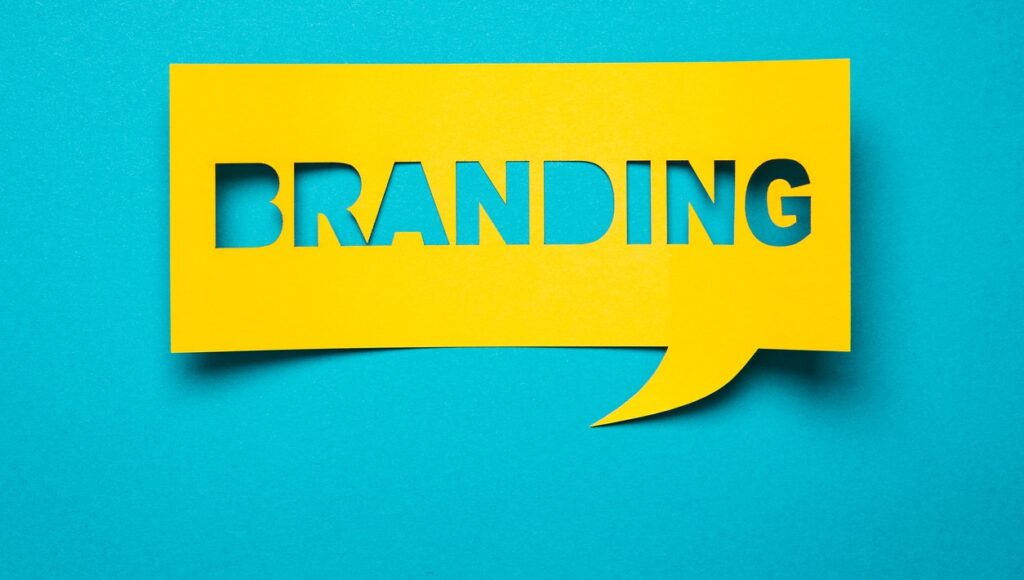How can L&D support leaders with building a strong, authentic brand? Lisa Gillespie, Head of Learning & Development Services at Make Business, explores four key marketing principles to ensure branding success.
Picture the scene. You’re dealing with yet another iteration of change. And with this comes the demand from the top. We need our leaders to be agile, future-focused and comfortable with ambiguity. They need to be bold, resilient, courageous and inspiring. We want them to lead their teams confidently and make change quickly.
Get L&D in to sort it out. And quickly. It can’t cost the earth. You can’t interrupt the day job. And we’ll need to show a quick return on investment.
And that’s your brief.
You sigh. No specific objectives. Little in the way of commitment to investment. Your leaders have been through tonnes of development programmes in the past. You’ve measured every previous training intervention within an inch of its life. And yet it’s just been impossible to get to a true sense of ROI.
You can already hear the groans from the line managers you’ll need to gain commitment from ‘What’s going to be different this time?’ ‘Not another course. We’ve done it all before.’ ‘We don’t have time for this.’
Sound familiar?
As an L&D professional and business leader myself, I’ve faced these challenges many times before and as Head of Learning and Development at Make Business (formerly EEF) I have borrowed techniques from the worlds of marketing, coaching and neuroscience to tackle this challenge from a new perspective.
Together this makes a powerful combination. It also put the leader in the driving seat and in charge of developing their own distinctive leadership style. One which they can authentically be and live, whilst feeling empowered to commit, take action and achieve tangible results much more quickly.
Let me share some more
I’ve always been fascinated by what makes a great leader. I’ve read loads of books, attended leadership development programmes, invested in a coach and of course practised on the job. I found leadership role models I wanted to emulate. And, of course, those that I didn’t.
The leaders I admired most came in all shapes and sizes. Some were definitely bold and charismatic. Whilst others seemed quietly confident and measured. Some were super collaborative. Others autocratic and directing.
Like any great brand, great leaders own their spot. They too are credible. They know what they stand for and express this through the stories they share.
The lightbulb moment
Drawing on the expertise of a marketing colleague, we both had a light-bulb moment. We concluded that great leaders are like great brands.
They are distinctive – they position themselves well
They stand for something – they articulate their values
They are consistent in what they say, how they say it and how they present themselves – they have brand personality and a brand identity
As a result, they attract followers. And, of course, you can’t be a leader without followers, right?
We figured that if we used this research and applied the principles of branding, we could create our own personal brand of leadership that others will want to follow. A brand of leadership that sets us apart whilst enabling us to be true to ourselves. And we now teach others how to do the same with astonishing results.
Here are four areas L&D professionals should consider to help others build their own leadership brand and get results more quickly.
1. Brand positioning
Great brands position themselves well. Think BMW. Its tagline ‘the ultimate driving machine’ positions the brand distinctively. It owns this space in the premium range car market. Whether it’s the 1, 2, 3, 5 or 7 series, the BMW is known for giving its followers a dynamic driving experience. It uses this position credibly in its advertising to reinforce its position.
Like any great brand, great leaders own their spot. They too are credible. They know what they stand for and express this through the stories they share. Their angle is easy for others to grasp. Inspiring others to follow and take action.
How can leaders and aspiring leaders start thinking about what is distinct about them? What do they want to be remembered for? How do they share this with others?
Your personality is a critical part of your leadership brand. It shows others what to expect.
2. Brand values
Your values are what matter to you most. They are part of you, part of your story and part of the stories that you tell. They guide your decisions and influence your actions.
Think Martin Luther King’s famous speech ‘I have a dream’, in which he suggests that equality may be possible in the future. He believed in the power of serving others with humility. He reminded his followers that they didn’t need an advanced degree or lots of wealth to make a difference in the world.
How can leaders identify their values? How do their values guide their actions? How does their leadership benefit the organisation they work for? And the staff that report to them?
3. Brand personality
When marketers build brands, they talk about expressing the brand’s personality. Think Apple and ‘Cool’, IBM and ‘Intelligent’. It’s often the brand’s personality that attracts people to it. Successful brands invest in building their brands. As leaders shouldn’t we do the same?
Your personality is a critical part of your leadership brand. It shows others what to expect. Some leaders like Richard Branson are adventurous rule breakers. Others like Bill Gates are logical and critical. Both have very different personalities. Yet both are very successful. What they have in common is that they express their personalities consistently in the work that they do.
When building a leadership brand, how can leaders get thinking about what is unique about their personality? Are they conservative? Serious? Adventurous? Approachable? Knowledgeable? What is it about their personality that others can expect? How do they display their personality to others and introduce it into their leadership style?
4. Brand identity
This is simply how the brand presents itself. How it styles itself and how it is perceived by others. In other words, how it looks and feels.
In building a leadership brand leaders need to think about how they are perceived. What they say and how they say it, their body language and behaviour, how they dress and anything personal that they choose to share about themselves, forms a brand identity.
What next?
Our next Building your brand of leadership programme starts in Spring 2019 and can also be delivered on an in-company basis or as a one-to-one programme for a personalised leadership programme. Find out more on our website or email me at [email protected].
About Make Business
Make Business is the new name for EEF services, part of Make UK providing contemporary business services, practical support and sound advice in topical areas such as HR and Legal, Health and Safety and training. Our training and development team can help you fully assess your training needs and deliver tailored solutions to futureproof your business. We'll align your training to your business goals and objectives, help you develop skills, improve performance and increase productivity.










2 Responses
Interesting post but I’m not
Interesting post but I’m not sure we want people to become like brands which in the end are abstract artificialities. I don’t think IBM is intelligent and Apple lost it coolness long ago. Nevertheless it’s a useful thinking exercise and probably more useful in helping understand what makes people good leaders than most of the books on ‘great leaders’ that you find in airport bookshops.
Using your model what sort of leader is Theresa May? And what about Donald Trump?
Thinking about brand is a
Thinking about brand is a good way to get people thinking about who they are being when they are leading, and a good way for them to ask others about who they are being.
I am a Kiwi, and proud to see the way Jacinda Arden has responded to the recent tragedy; what is her brand?
And of course, we all have a ‘brand’ whether we are leading or not. And is the perception that others have of our brand reasonable, or have they got it wrong?
Maybe some marketing is required 🙂
Cheers, Paul